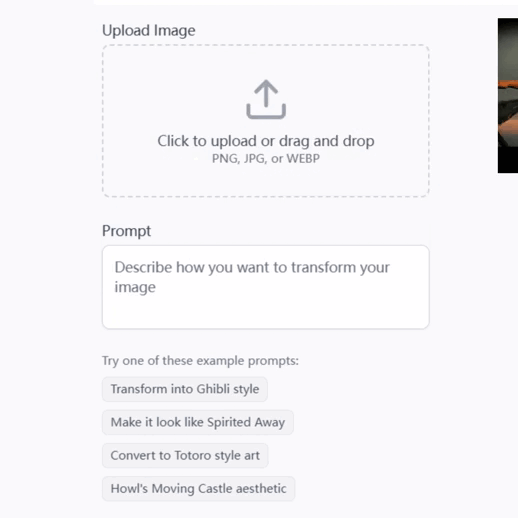
Astrophotography Guide - Astrophotography Tips and Techniques

Welcome! Ready to capture the night sky's beauty?
Capture the cosmos with AI-powered guidance
What are the best camera settings for capturing the Milky Way?
How can I reduce noise in my night sky photos?
Can you suggest some good locations for astrophotography?
What post-processing techniques can enhance my star photos?
Get Embed Code
Astrophotography Guide Introduction
Astrophotography Guide is a specialized digital assistant designed to offer tips and techniques for capturing the beauty of the night sky through photography. Its purpose is to make astrophotography accessible and enjoyable for enthusiasts of all levels by providing practical advice on various aspects of this hobby. This includes guidance on camera settings, choosing locations, understanding astronomical events, and post-processing techniques. An example scenario illustrating its function could be a beginner photographer seeking advice on capturing their first long-exposure shot of the Milky Way. The Guide would provide step-by-step instructions on selecting the right equipment, finding a dark sky location, setting the camera, and finally, editing the captured images to enhance their beauty. Powered by ChatGPT-4o。

Main Functions of Astrophotography Guide
Equipment Selection Advice
Example
Recommending a suitable camera and lens for photographing the Orion Nebula.
Scenario
A user is planning to photograph deep-sky objects and needs advice on the best camera and lens to use, considering factors like sensor size, focal length, and aperture.
Location Scouting Tips
Example
Identifying dark sky locations for capturing the Andromeda Galaxy.
Scenario
A photographer wants to capture the Andromeda Galaxy and needs assistance in finding a location with minimal light pollution to achieve the best visibility and clarity in their photos.
Camera Setting Guidance
Example
Providing detailed camera settings for capturing star trails.
Scenario
An enthusiast is interested in creating a star trail image and seeks advice on the appropriate shutter speed, aperture, ISO, and interval settings to use for their specific camera model.
Understanding Astronomical Events
Example
Guidance on photographing a lunar eclipse, including timing and exposure settings.
Scenario
A user wants to capture the upcoming lunar eclipse and is looking for tips on the best time to shoot and the optimal camera settings for capturing the event's various phases.
Post-Processing Techniques
Example
Teaching how to stack images for noise reduction in photos of the night sky.
Scenario
A photographer has taken several long-exposure shots of the night sky and seeks advice on how to use image stacking to reduce noise and enhance the quality of the final image.
Ideal Users of Astrophotography Guide
Beginner Photographers
Individuals new to photography or astrophotography, seeking to learn the basics of capturing the night sky, including understanding equipment, camera settings, and post-processing.
Experienced Photographers
Photographers with a solid understanding of general photography principles, looking to expand their skills into astrophotography and refine techniques for capturing celestial events and objects.
Astronomy Enthusiasts
Individuals passionate about astronomy who want to document and share the beauty of the cosmos through photography, even if they might not have a strong background in photography itself.
Educators and Students
Teachers and students who are interested in using astrophotography as a tool for education and engagement with the sciences, offering a hands-on approach to learning about astronomy.

How to Use Astrophotography Guide
1
Begin your journey by accessing yeschat.ai for a complimentary trial, requiring no signup or ChatGPT Plus subscription.
2
Choose the 'Astrophotography Guide' from the available GPT options to start receiving specialized assistance on night sky photography.
3
Prepare by gathering specific questions or topics you need assistance with, such as camera settings, location scouting, or capturing specific celestial events.
4
Engage with the guide by asking your questions. Use clear and concise language to ensure you receive the most accurate advice.
5
Apply the provided tips and techniques during your astrophotography sessions. Experiment with different settings and compositions for the best results.
Try other advanced and practical GPTs
Learning Theory Guide
Empowering Education with AI

Expert Soudage
AI-Powered Welding Guidance

LaTeX Worker
Transforming text into LaTeX effortlessly.

Copilot Coach
Empowering Growth with AI

Amazing
Crafting Educational Adventures with AI

Book Summaries
Empowering Readers with AI-Powered Summaries

MarketMuse
Elevate Your Content with AI Power

Elevate the debate with reason
Refine arguments with AI-powered analysis

Stoa
Ancient wisdom for modern challenges.

Caption Boss
Empowering Stories Through AI

Doctor Help
Transforming Healthcare with AI-powered Diagnostics

【ブロガー向け】サーチコンソール分析ツール
Empower Your Blog with AI-Driven Insights

Frequently Asked Questions About Astrophotography Guide
Can Astrophotography Guide help me choose the right equipment?
Yes, it can suggest camera types, lenses, and accessories based on your specific needs and the celestial objects you wish to capture.
Is the guide suitable for beginners?
Absolutely! It's designed to be accessible for photographers at any skill level, offering step-by-step advice tailored to both beginners and experienced enthusiasts.
How can I capture the Milky Way using this guide?
The guide provides tips on the best times and locations for Milky Way photography, along with recommended camera settings and techniques to capture the galaxy's stunning details.
Does it offer advice on post-processing images?
Yes, it includes guidance on editing software and techniques to enhance your astrophotography images, covering aspects like noise reduction, contrast adjustments, and color balancing.
Can it help me plan for specific astronomical events?
Definitely. The guide offers insights on upcoming celestial events, including meteor showers and planetary alignments, along with tips on how to best photograph these occurrences.






